MAE101 Economic Principles: Impact of Disruptive Technologies
VerifiedAdded on 2023/06/07
|5
|1199
|432
Report
AI Summary
This assignment provides an economic analysis of disruptive technologies, focusing on examples like email, web-based videos (Netflix), and UberX. It explains how disruptive technologies displace established ones, using email's impact on postal services and Netflix's disruption of cable TV as illustrations. The report delves into the economic factors contributing to UberX's cost advantage over traditional taxi services, highlighting the roles of demand, supply, and lower marginal costs through ride-sharing. It uses supply and demand curves to demonstrate the impact of UberX on consumer and producer surplus in the point-to-point transport market. Furthermore, the assignment examines the elasticity of demand for taxi services with and without UberX, concluding that the availability of substitutes increases elasticity. Finally, it discusses the welfare-enhancing aspects of dynamic pricing compared to regulated pricing, arguing that dynamic pricing allows customers to pay according to their willingness, benefiting both consumers and service providers. Desklib offers a range of study tools and solved assignments for students.
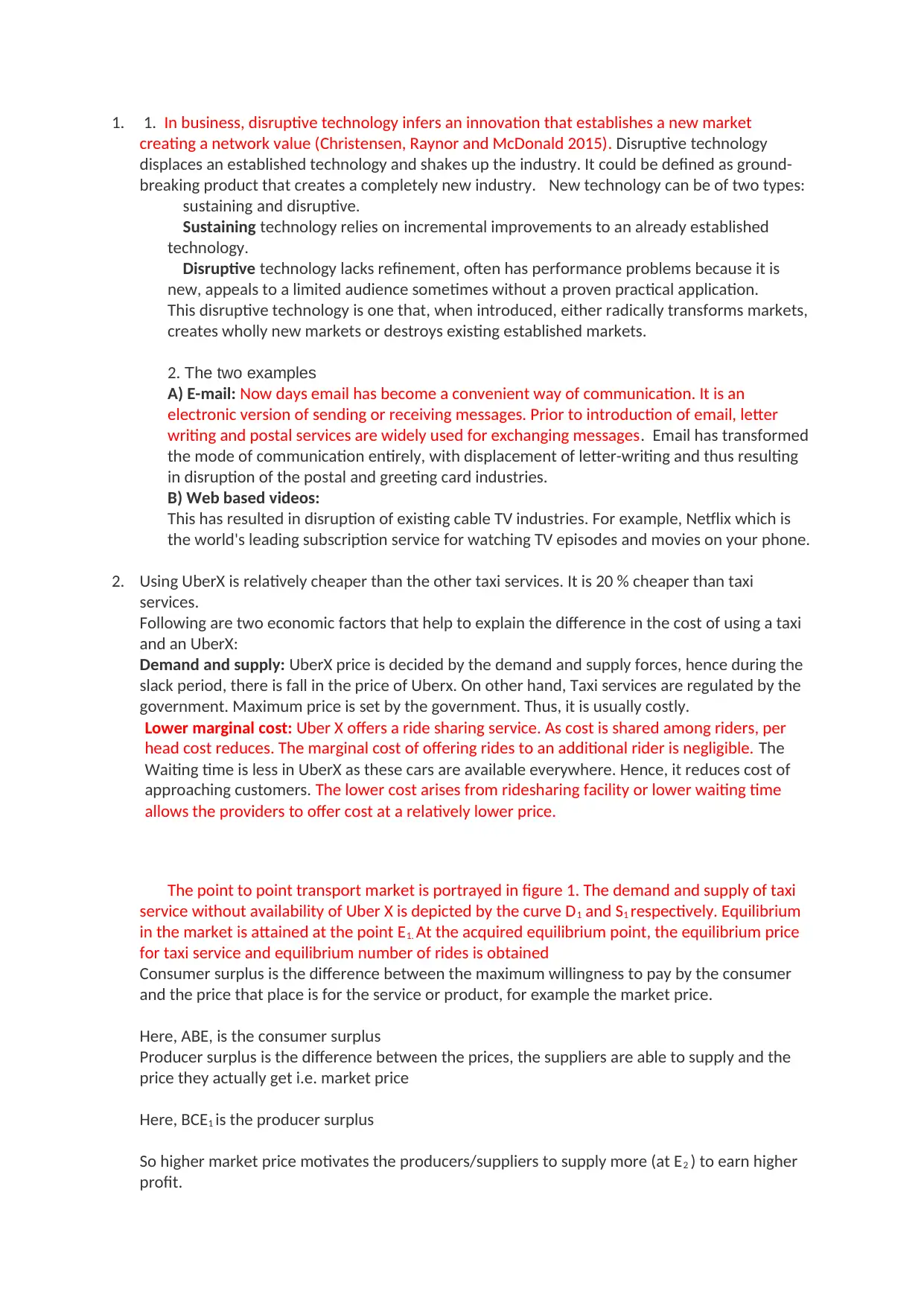
1. 1. In business, disruptive technology infers an innovation that establishes a new market
creating a network value (Christensen, Raynor and McDonald 2015). Disruptive technology
displaces an established technology and shakes up the industry. It could be defined as ground-
breaking product that creates a completely new industry. New technology can be of two types:
sustaining and disruptive.
Sustaining technology relies on incremental improvements to an already established
technology.
Disruptive technology lacks refinement, often has performance problems because it is
new, appeals to a limited audience sometimes without a proven practical application.
This disruptive technology is one that, when introduced, either radically transforms markets,
creates wholly new markets or destroys existing established markets.
2. The two examples
A) E-mail: Now days email has become a convenient way of communication. It is an
electronic version of sending or receiving messages. Prior to introduction of email, letter
writing and postal services are widely used for exchanging messages. Email has transformed
the mode of communication entirely, with displacement of letter-writing and thus resulting
in disruption of the postal and greeting card industries.
B) Web based videos:
This has resulted in disruption of existing cable TV industries. For example, Netflix which is
the world's leading subscription service for watching TV episodes and movies on your phone.
2. Using UberX is relatively cheaper than the other taxi services. It is 20 % cheaper than taxi
services.
Following are two economic factors that help to explain the difference in the cost of using a taxi
and an UberX:
Demand and supply: UberX price is decided by the demand and supply forces, hence during the
slack period, there is fall in the price of Uberx. On other hand, Taxi services are regulated by the
government. Maximum price is set by the government. Thus, it is usually costly.
Lower marginal cost: Uber X offers a ride sharing service. As cost is shared among riders, per
head cost reduces. The marginal cost of offering rides to an additional rider is negligible. The
Waiting time is less in UberX as these cars are available everywhere. Hence, it reduces cost of
approaching customers. The lower cost arises from ridesharing facility or lower waiting time
allows the providers to offer cost at a relatively lower price.
The point to point transport market is portrayed in figure 1. The demand and supply of taxi
service without availability of Uber X is depicted by the curve D1 and S1 respectively. Equilibrium
in the market is attained at the point E1. At the acquired equilibrium point, the equilibrium price
for taxi service and equilibrium number of rides is obtained
Consumer surplus is the difference between the maximum willingness to pay by the consumer
and the price that place is for the service or product, for example the market price.
Here, ABE, is the consumer surplus
Producer surplus is the difference between the prices, the suppliers are able to supply and the
price they actually get i.e. market price
Here, BCE1 is the producer surplus
So higher market price motivates the producers/suppliers to supply more (at E2 ) to earn higher
profit.
creating a network value (Christensen, Raynor and McDonald 2015). Disruptive technology
displaces an established technology and shakes up the industry. It could be defined as ground-
breaking product that creates a completely new industry. New technology can be of two types:
sustaining and disruptive.
Sustaining technology relies on incremental improvements to an already established
technology.
Disruptive technology lacks refinement, often has performance problems because it is
new, appeals to a limited audience sometimes without a proven practical application.
This disruptive technology is one that, when introduced, either radically transforms markets,
creates wholly new markets or destroys existing established markets.
2. The two examples
A) E-mail: Now days email has become a convenient way of communication. It is an
electronic version of sending or receiving messages. Prior to introduction of email, letter
writing and postal services are widely used for exchanging messages. Email has transformed
the mode of communication entirely, with displacement of letter-writing and thus resulting
in disruption of the postal and greeting card industries.
B) Web based videos:
This has resulted in disruption of existing cable TV industries. For example, Netflix which is
the world's leading subscription service for watching TV episodes and movies on your phone.
2. Using UberX is relatively cheaper than the other taxi services. It is 20 % cheaper than taxi
services.
Following are two economic factors that help to explain the difference in the cost of using a taxi
and an UberX:
Demand and supply: UberX price is decided by the demand and supply forces, hence during the
slack period, there is fall in the price of Uberx. On other hand, Taxi services are regulated by the
government. Maximum price is set by the government. Thus, it is usually costly.
Lower marginal cost: Uber X offers a ride sharing service. As cost is shared among riders, per
head cost reduces. The marginal cost of offering rides to an additional rider is negligible. The
Waiting time is less in UberX as these cars are available everywhere. Hence, it reduces cost of
approaching customers. The lower cost arises from ridesharing facility or lower waiting time
allows the providers to offer cost at a relatively lower price.
The point to point transport market is portrayed in figure 1. The demand and supply of taxi
service without availability of Uber X is depicted by the curve D1 and S1 respectively. Equilibrium
in the market is attained at the point E1. At the acquired equilibrium point, the equilibrium price
for taxi service and equilibrium number of rides is obtained
Consumer surplus is the difference between the maximum willingness to pay by the consumer
and the price that place is for the service or product, for example the market price.
Here, ABE, is the consumer surplus
Producer surplus is the difference between the prices, the suppliers are able to supply and the
price they actually get i.e. market price
Here, BCE1 is the producer surplus
So higher market price motivates the producers/suppliers to supply more (at E2 ) to earn higher
profit.
Paraphrase This Document
Need a fresh take? Get an instant paraphrase of this document with our AI Paraphraser
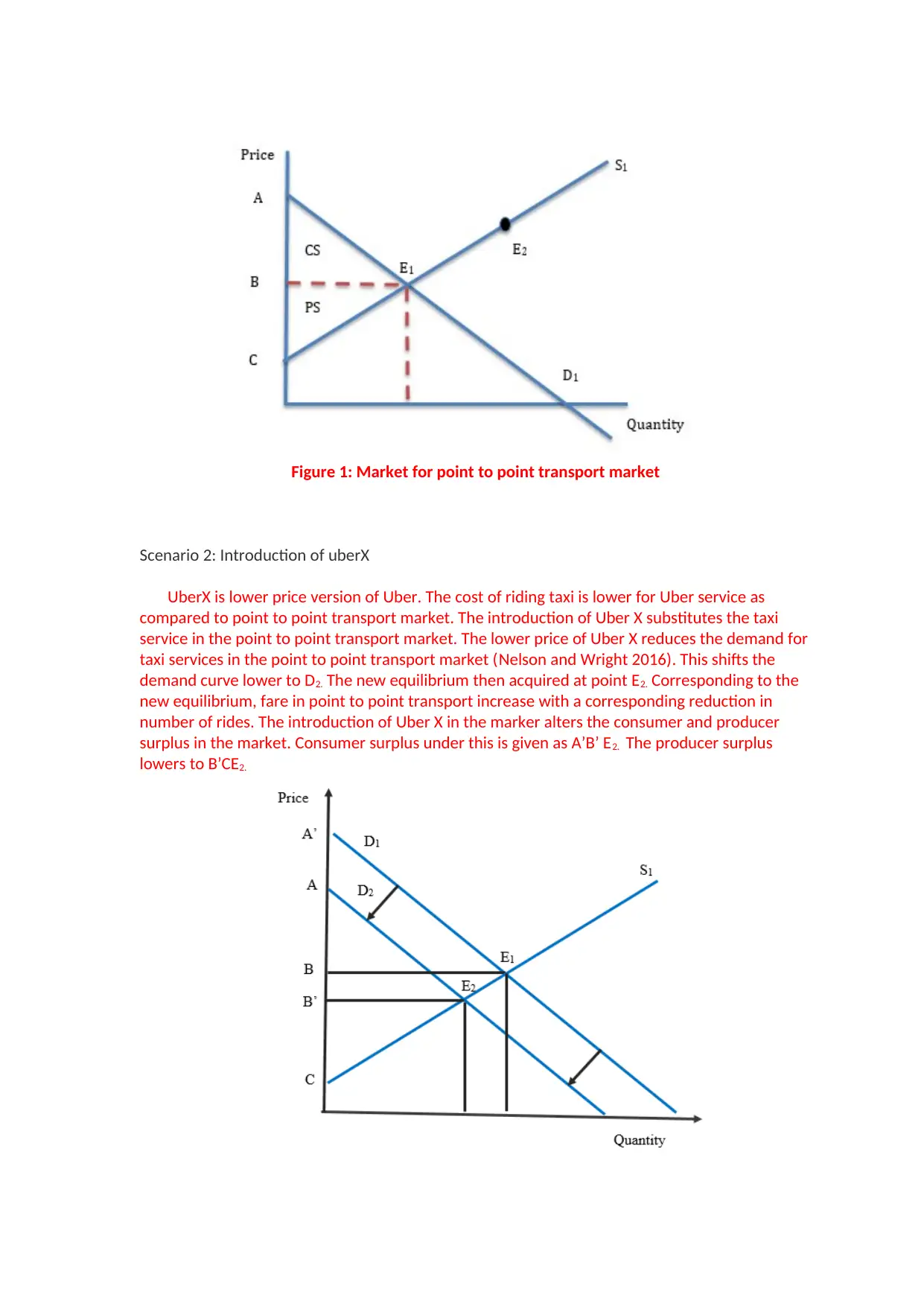
Figure 1: Market for point to point transport market
Scenario 2: Introduction of uberX
UberX is lower price version of Uber. The cost of riding taxi is lower for Uber service as
compared to point to point transport market. The introduction of Uber X substitutes the taxi
service in the point to point transport market. The lower price of Uber X reduces the demand for
taxi services in the point to point transport market (Nelson and Wright 2016). This shifts the
demand curve lower to D2. The new equilibrium then acquired at point E2. Corresponding to the
new equilibrium, fare in point to point transport increase with a corresponding reduction in
number of rides. The introduction of Uber X in the marker alters the consumer and producer
surplus in the market. Consumer surplus under this is given as A’B’ E2. The producer surplus
lowers to B’CE2.
Scenario 2: Introduction of uberX
UberX is lower price version of Uber. The cost of riding taxi is lower for Uber service as
compared to point to point transport market. The introduction of Uber X substitutes the taxi
service in the point to point transport market. The lower price of Uber X reduces the demand for
taxi services in the point to point transport market (Nelson and Wright 2016). This shifts the
demand curve lower to D2. The new equilibrium then acquired at point E2. Corresponding to the
new equilibrium, fare in point to point transport increase with a corresponding reduction in
number of rides. The introduction of Uber X in the marker alters the consumer and producer
surplus in the market. Consumer surplus under this is given as A’B’ E2. The producer surplus
lowers to B’CE2.
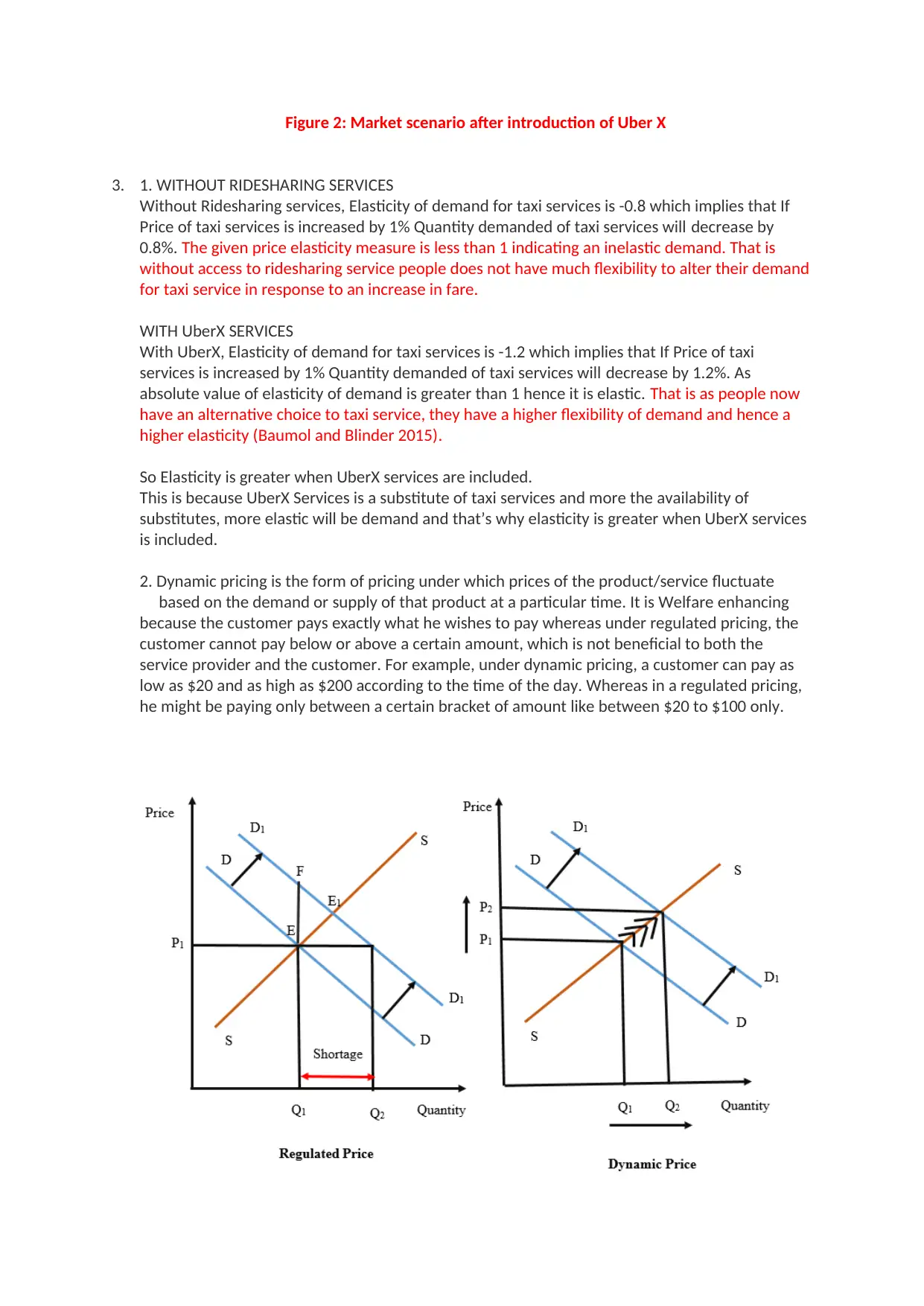
Figure 2: Market scenario after introduction of Uber X
3. 1. WITHOUT RIDESHARING SERVICES
Without Ridesharing services, Elasticity of demand for taxi services is -0.8 which implies that If
Price of taxi services is increased by 1% Quantity demanded of taxi services will decrease by
0.8%. The given price elasticity measure is less than 1 indicating an inelastic demand. That is
without access to ridesharing service people does not have much flexibility to alter their demand
for taxi service in response to an increase in fare.
WITH UberX SERVICES
With UberX, Elasticity of demand for taxi services is -1.2 which implies that If Price of taxi
services is increased by 1% Quantity demanded of taxi services will decrease by 1.2%. As
absolute value of elasticity of demand is greater than 1 hence it is elastic. That is as people now
have an alternative choice to taxi service, they have a higher flexibility of demand and hence a
higher elasticity (Baumol and Blinder 2015).
So Elasticity is greater when UberX services are included.
This is because UberX Services is a substitute of taxi services and more the availability of
substitutes, more elastic will be demand and that’s why elasticity is greater when UberX services
is included.
2. Dynamic pricing is the form of pricing under which prices of the product/service fluctuate
based on the demand or supply of that product at a particular time. It is Welfare enhancing
because the customer pays exactly what he wishes to pay whereas under regulated pricing, the
customer cannot pay below or above a certain amount, which is not beneficial to both the
service provider and the customer. For example, under dynamic pricing, a customer can pay as
low as $20 and as high as $200 according to the time of the day. Whereas in a regulated pricing,
he might be paying only between a certain bracket of amount like between $20 to $100 only.
3. 1. WITHOUT RIDESHARING SERVICES
Without Ridesharing services, Elasticity of demand for taxi services is -0.8 which implies that If
Price of taxi services is increased by 1% Quantity demanded of taxi services will decrease by
0.8%. The given price elasticity measure is less than 1 indicating an inelastic demand. That is
without access to ridesharing service people does not have much flexibility to alter their demand
for taxi service in response to an increase in fare.
WITH UberX SERVICES
With UberX, Elasticity of demand for taxi services is -1.2 which implies that If Price of taxi
services is increased by 1% Quantity demanded of taxi services will decrease by 1.2%. As
absolute value of elasticity of demand is greater than 1 hence it is elastic. That is as people now
have an alternative choice to taxi service, they have a higher flexibility of demand and hence a
higher elasticity (Baumol and Blinder 2015).
So Elasticity is greater when UberX services are included.
This is because UberX Services is a substitute of taxi services and more the availability of
substitutes, more elastic will be demand and that’s why elasticity is greater when UberX services
is included.
2. Dynamic pricing is the form of pricing under which prices of the product/service fluctuate
based on the demand or supply of that product at a particular time. It is Welfare enhancing
because the customer pays exactly what he wishes to pay whereas under regulated pricing, the
customer cannot pay below or above a certain amount, which is not beneficial to both the
service provider and the customer. For example, under dynamic pricing, a customer can pay as
low as $20 and as high as $200 according to the time of the day. Whereas in a regulated pricing,
he might be paying only between a certain bracket of amount like between $20 to $100 only.
⊘ This is a preview!⊘
Do you want full access?
Subscribe today to unlock all pages.

Trusted by 1+ million students worldwide
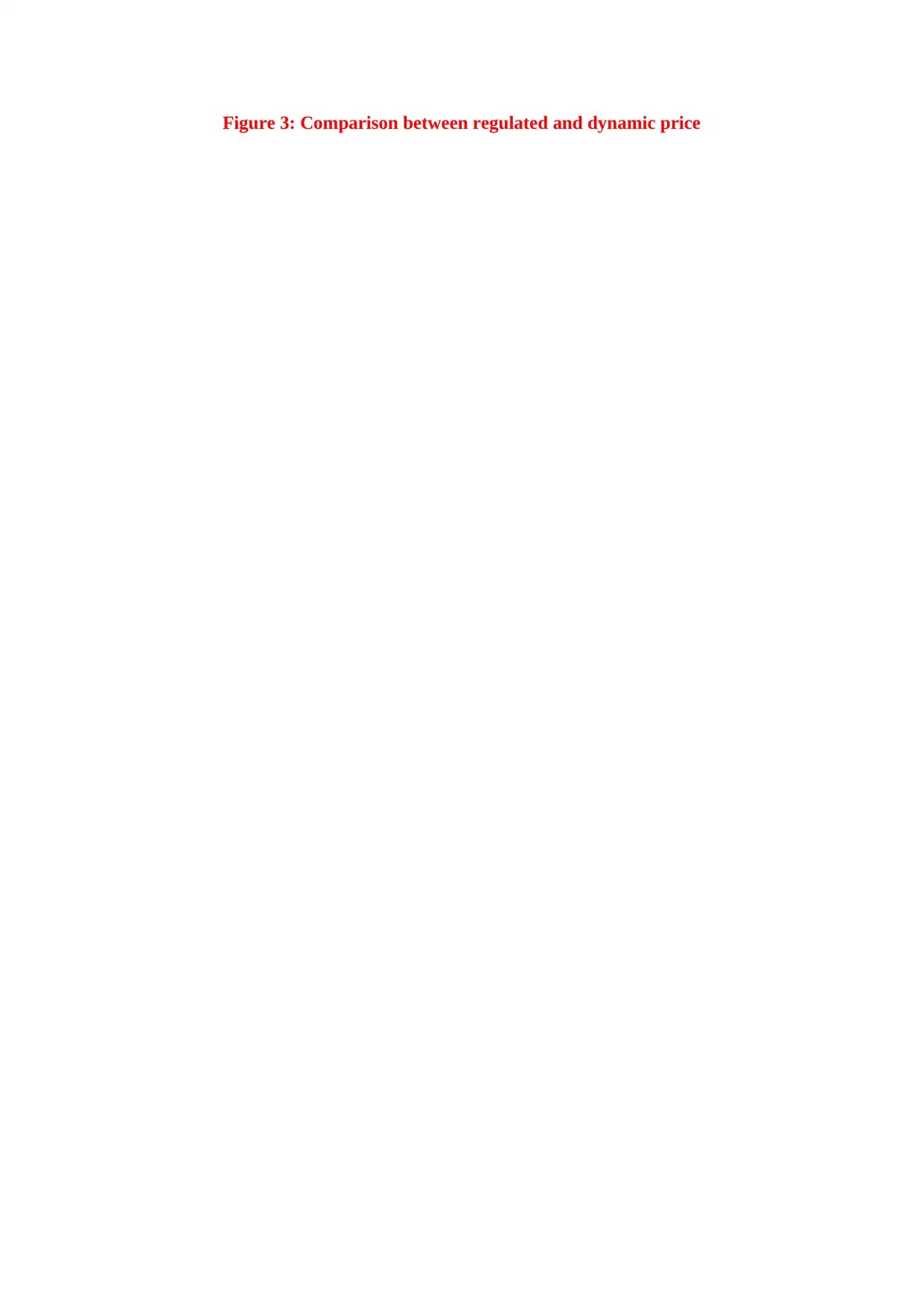
Figure 3: Comparison between regulated and dynamic price
Paraphrase This Document
Need a fresh take? Get an instant paraphrase of this document with our AI Paraphraser
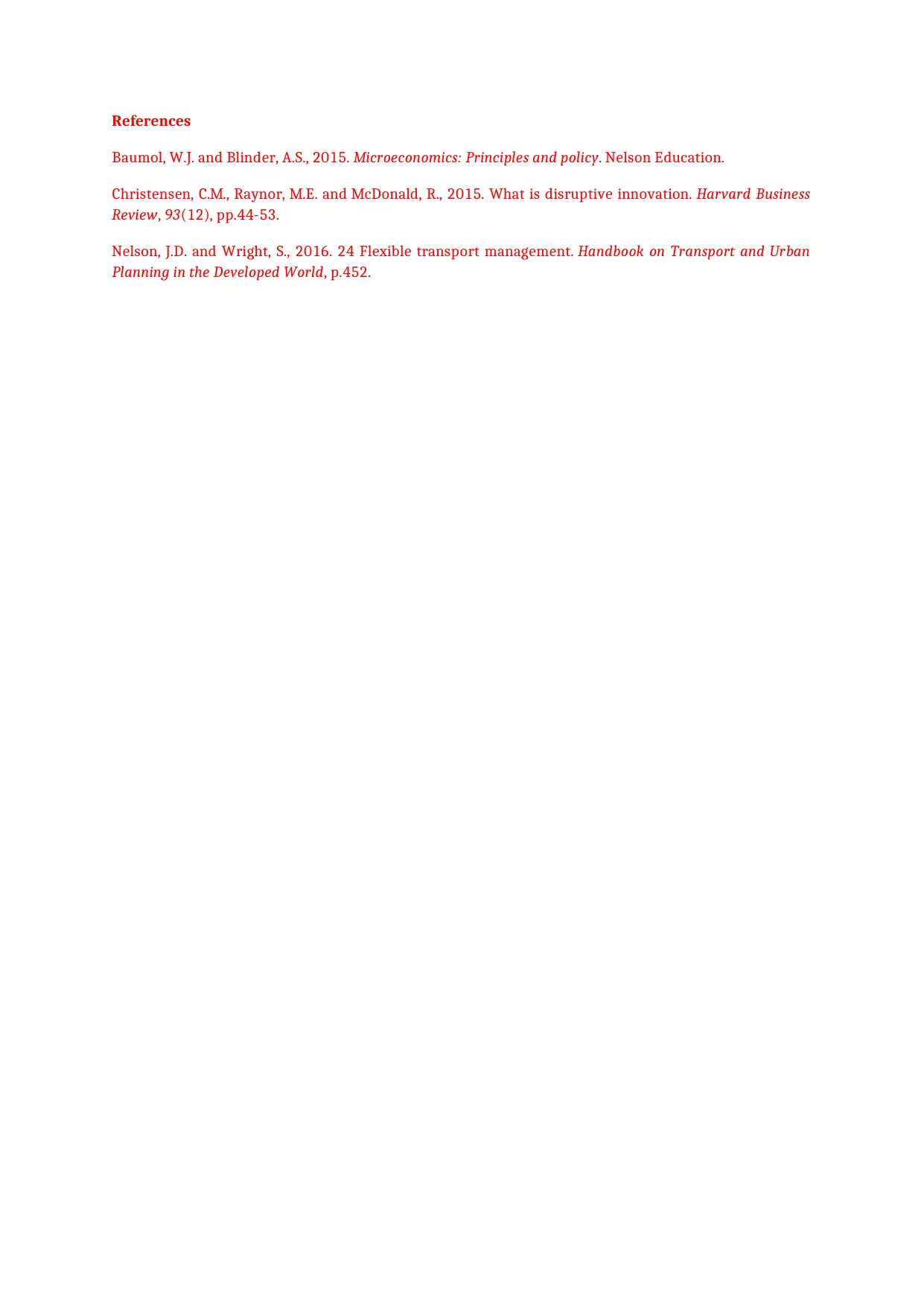
References
Baumol, W.J. and Blinder, A.S., 2015. Microeconomics: Principles and policy. Nelson Education.
Christensen, C.M., Raynor, M.E. and McDonald, R., 2015. What is disruptive innovation. Harvard Business
Review, 93(12), pp.44-53.
Nelson, J.D. and Wright, S., 2016. 24 Flexible transport management. Handbook on Transport and Urban
Planning in the Developed World, p.452.
Baumol, W.J. and Blinder, A.S., 2015. Microeconomics: Principles and policy. Nelson Education.
Christensen, C.M., Raynor, M.E. and McDonald, R., 2015. What is disruptive innovation. Harvard Business
Review, 93(12), pp.44-53.
Nelson, J.D. and Wright, S., 2016. 24 Flexible transport management. Handbook on Transport and Urban
Planning in the Developed World, p.452.
1 out of 5
Related Documents
Your All-in-One AI-Powered Toolkit for Academic Success.
+13062052269
info@desklib.com
Available 24*7 on WhatsApp / Email
![[object Object]](/_next/static/media/star-bottom.7253800d.svg)
Unlock your academic potential
Copyright © 2020–2025 A2Z Services. All Rights Reserved. Developed and managed by ZUCOL.





